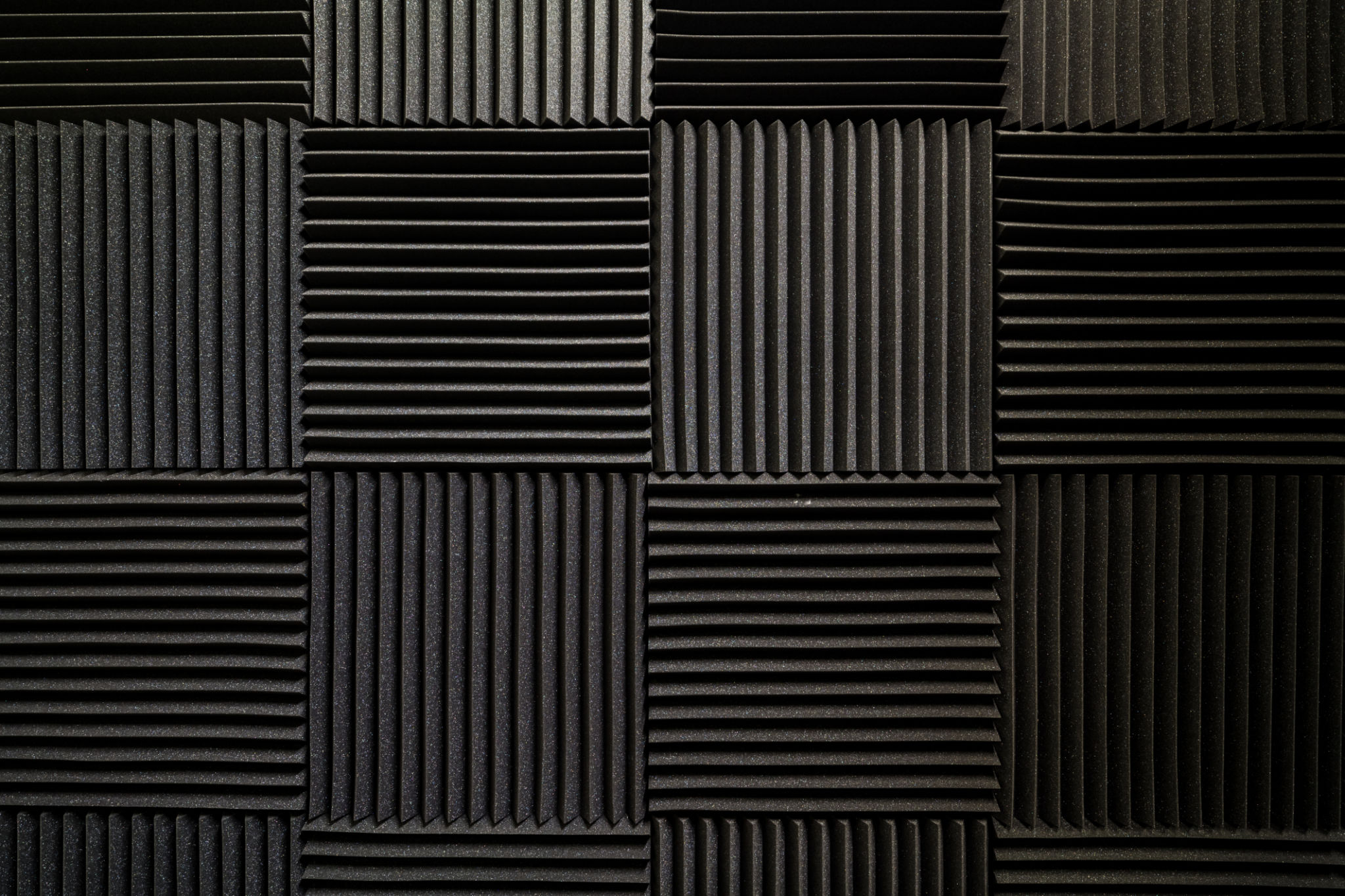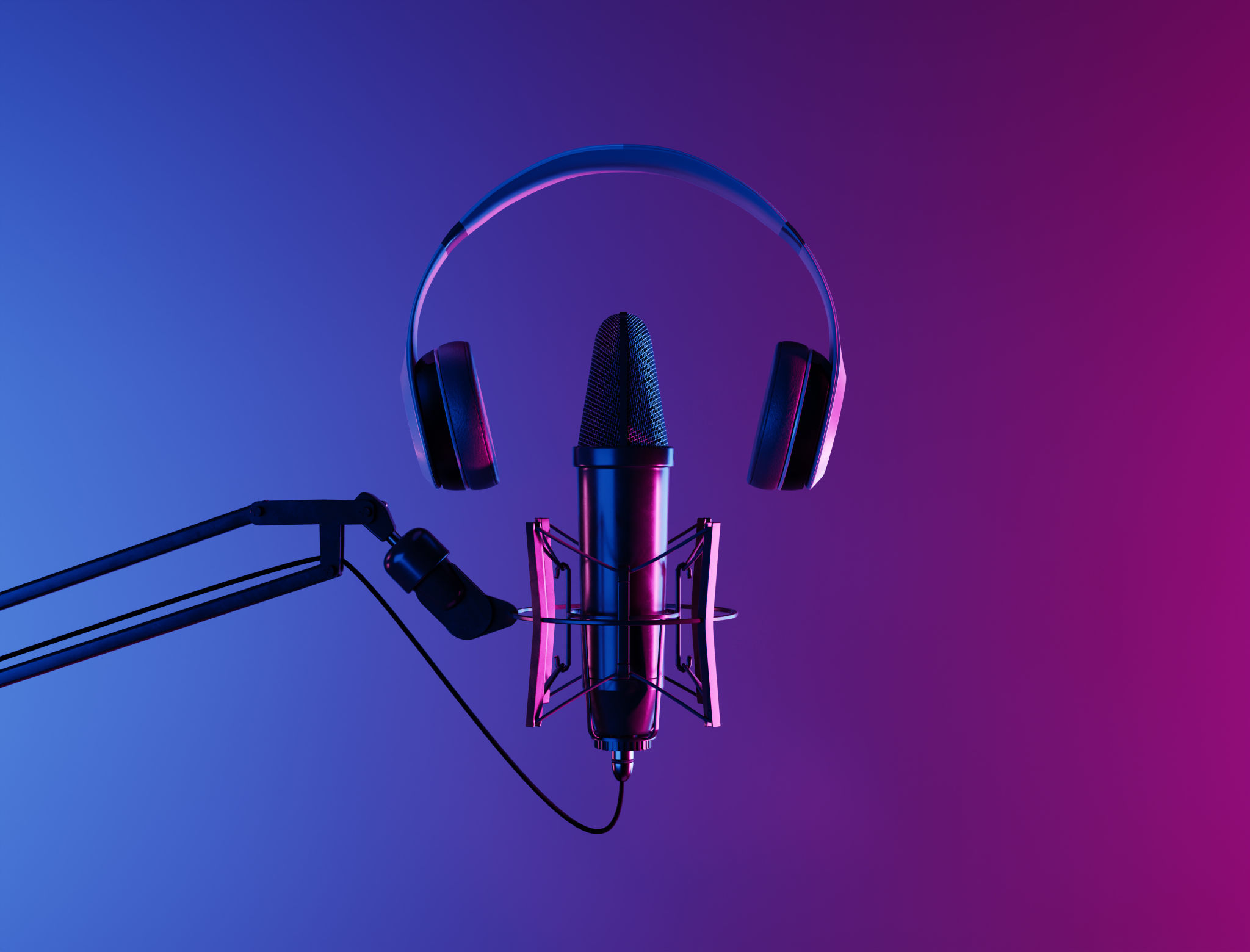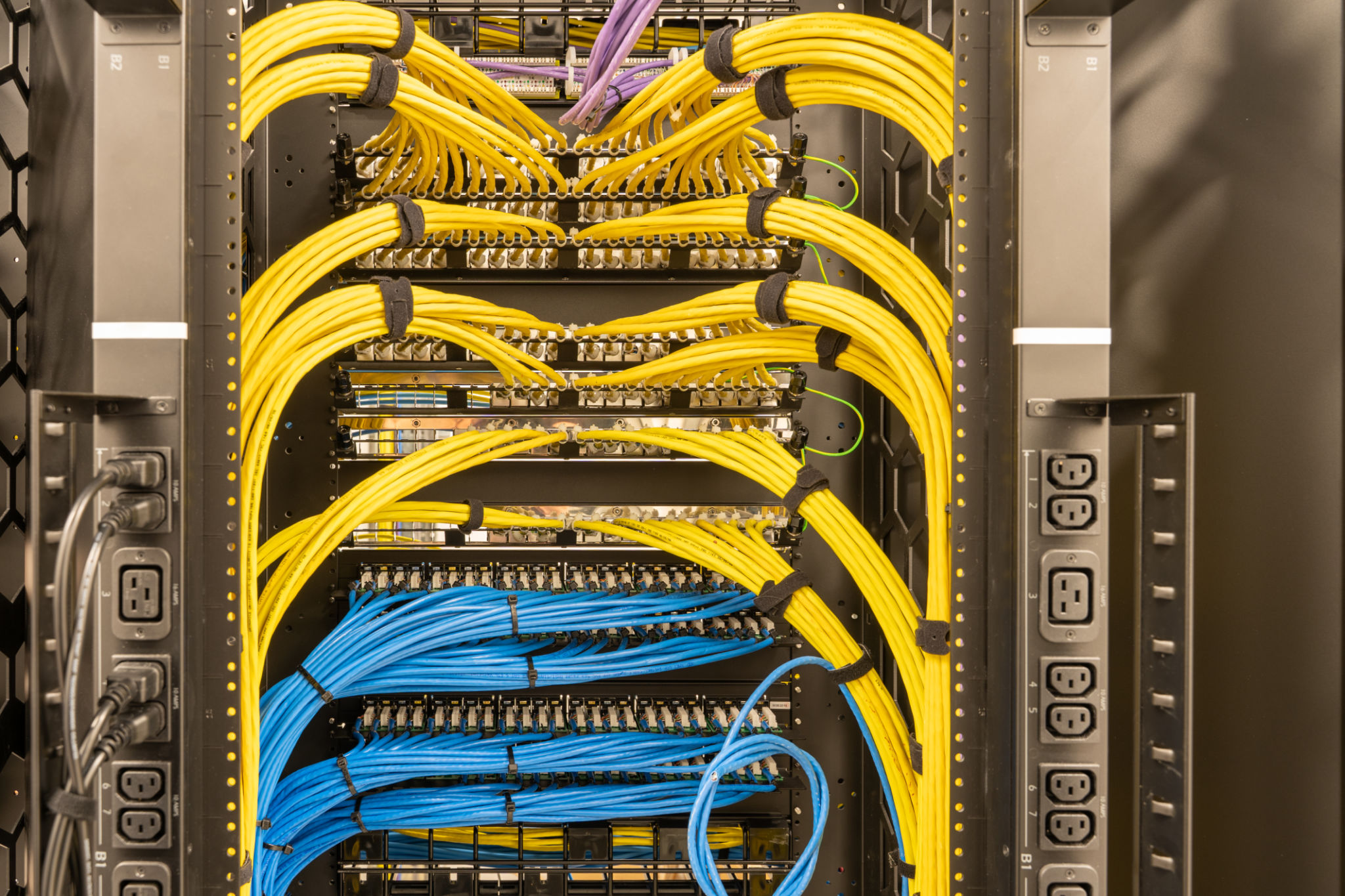Comprehensive Guide to Setting Up a Home Music Production Studio
Choosing the Right Space
Setting up a home music production studio begins with selecting the right space. Ideally, this space should be free from distractions and external noise. Consider a room with good acoustics, thick walls, and minimal echo. If possible, avoid areas with high foot traffic or shared walls with noisy neighbors.
Soundproofing is essential. You can enhance sound isolation by adding carpets, curtains, and acoustic panels. These elements help create an environment conducive to recording and mixing. Not only do they improve sound quality, but they also prevent noise leakage that might disturb others in your household.

Essential Equipment
Once you've secured the perfect space, it's time to gather your essential equipment. Start with a computer that has a fast processor and ample RAM. This will ensure that your digital audio workstation (DAW) runs smoothly. Popular DAWs include Logic Pro, Ableton Live, and FL Studio. Choose one that suits your style and needs.
Next, invest in a good quality audio interface. This device connects your instruments and microphones to your computer and converts the analog signals into digital data. Additionally, a pair of studio monitors is crucial for accurate sound reproduction. Unlike regular speakers, studio monitors offer a flat frequency response, allowing you to hear your music as it truly sounds.

Microphones and Headphones
A quality microphone is key for capturing vocals and instruments. Condenser microphones are popular for their sensitivity and clarity, making them ideal for studio settings. A dynamic microphone might be a better choice if you're recording louder sounds or instruments.
Equally important are studio headphones. They help you monitor recordings and make precise edits without external noise interference. Closed-back headphones are recommended for recording to avoid sound leakage, while open-back headphones provide a more natural sound for mixing.

Software and Plugins
Your DAW will be the heart of your home studio, but additional software and plugins can enhance your production capabilities. Virtual instruments and effect plugins allow you to expand your sound palette without needing physical instruments. Look for bundles or subscriptions that offer a wide range of tools at a reasonable price.
Familiarizing yourself with MIDI controllers can also be beneficial. These devices allow you to play and control virtual instruments more intuitively. They come in various forms, from keyboard controllers to pad controllers, each offering unique functionalities.
Setting Up Your Workflow
Organizing your equipment and cables properly will ensure an efficient workflow in your studio. Use cable management solutions like clips or ties to maintain a tidy workspace. Labeling cables can save time and prevent confusion during setup or troubleshooting.

The placement of your equipment can also impact your productivity. Position your monitors at ear level, forming an equilateral triangle with your listening position for optimal sound clarity. Ensure that frequently used items are within easy reach to maintain a seamless creative process.
Treating Your Room Acoustically
Even with the best equipment, poor room acoustics can hinder your music production. Acoustic treatment helps manage sound reflections, absorption, and diffusion within the space. Bass traps in corners can reduce low-frequency issues, while diffusers can scatter sound waves for a more balanced room.
DIY solutions like foam panels or diffusers can be cost-effective if you're on a budget. Experiment with different arrangements to find what works best for your specific room dynamics.

Tips for Maintaining Inspiration
A creatively stimulating environment can keep your inspiration flowing. Personalize your studio space with elements that reflect your style and taste—consider adding art pieces, mood lighting, or plants to create an inviting atmosphere.
Regularly updating your music library and exploring new genres can also spark ideas. Surround yourself with tools and resources that challenge you to push boundaries in your music production journey.
Final Thoughts
Creating a home music production studio is an exciting endeavor that allows you to express your creativity from the comfort of your own home. By selecting the right space, investing in quality equipment, and optimizing your workflow, you'll be well on your way to producing professional-sounding tracks.
Remember, the key to success is experimentation and continuous learning. Stay flexible, adapt to new technologies, and most importantly, have fun creating music!
